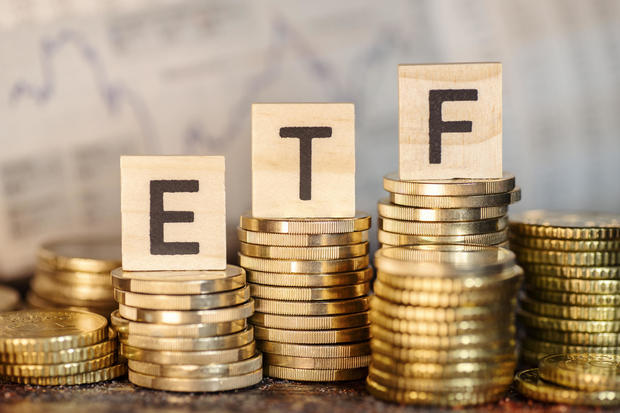What is a gold ETF?
Gold has long been considered a valuable part of any investment portfolio. It's a reliable safe-haven asset that hedges against inflation and protects your money from recessions and other economic turbulence.
However, investing in physical gold can be complicated and expensive. Thankfully, there are many ways to invest in gold, including gold exchange-traded funds (ETFs). In this article, we will explore what a gold ETF is, how it works and why you should consider it as a part of your investment portfolio.
Learn more about investing in gold by requesting a free information kit here.
What is a gold ETF?
Exchange-traded funds (ETFs) are pooled investment funds that hold a collection of assets, such as stocks, bonds and commodities. They're essentially a "basket" of investments that give you exposure to a particular index, industry, sector or commodity. Owning a collection of assets this way helps diversify your portfolio, minimizing the risk of putting all your money in any one particular asset.
A gold ETF holds gold as its underlying asset. Gold ETFs track the price of gold, so as gold prices increase, the ETF's value increases.
You buy and sell gold ETFs on a stock exchange just as you would stocks. Prices fluctuate throughout the day as the ETF is traded, and you can trade during the day to take advantage of these fluctuations. Gold ETFs can be passively or actively managed, but most are passively managed.
Benefits of investing in a gold ETF
Gold ETFs offer the following advantages:
- Diversification: Because you're investing in multiple underlying assets, gold ETFs can minimize risk better than investing in a single asset. And since gold often performs well when other assets, such as stocks and bonds, perform poorly, it can help offset losses.
- Lower costs: Owning a gold ETF is cheaper than owning, insuring and storing physical gold. It also costs less than buying stocks individually, which involves multiple transactions and therefore more broker commissions. Finally, passively-managed ETFs are less expensive because they track an index rather than requiring regular broker analysis and input.
- Low investment minimums: You can buy ETFs by share, which means you don't need much money to invest in one. By contrast, gold mutual funds (a similar pooled investment) typically require a minimum investment of $1,000 to $3,000.
- Liquidity: Unlike gold mutual funds, which you can only trade at the end of the day, you can trade gold ETFs throughout the day in real-time to capitalize on price changes.
- Tax efficiency: Because of the way they're designed, ETFs tend to generate fewer capital gains than mutual funds, especially if they're passively managed. Since capital gains are taxable, this can allow you to keep more of your money.
The bottom line
Gold ETFs can be a valuable investment tool for investors looking to diversify their portfolios and benefit from gold's advantages. They provide a low-cost way to invest in gold, are highly liquid and are more tax-efficient than mutual funds.
However, like any investment, you should do your research when investing in gold ETFs. If you're looking for a long-term and stable investment option to diversify your portfolio, a gold ETF is worth looking into.
Ready to invest in gold? Request a free investors kit today to start exploring your options!




